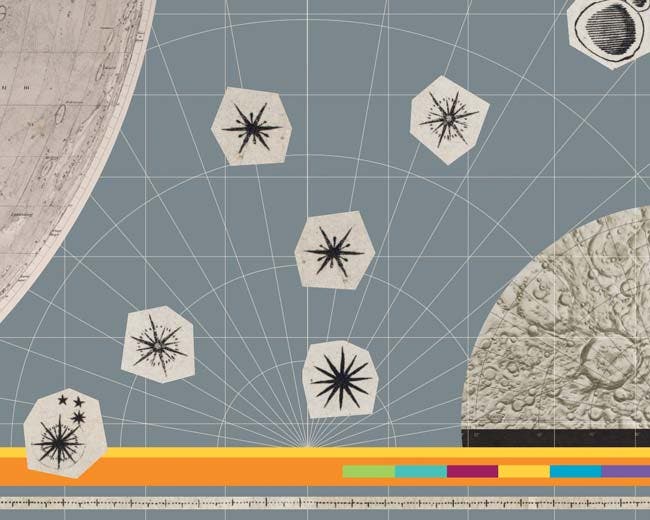Apollo Orbital Photography
Photographic mapping of the Moon continued during Project Apollo. The final three flights—Apollos 15, 16, and 17—carried metric mapping and panoramic cameras during their long-duration stays in lunar orbit.
SIM Bay
The lunar mapping and panoramic cameras were mounted in the Apollo Scientific Instrument Module (SIM) bay of the Service Module on Apollos 15 through 17. The cameras and other science experiments in the SIM bay were operated by the Command Module Pilot in orbit while his colleagues were on the lunar surface.

